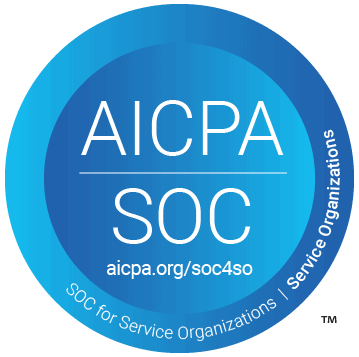How To Talk To Users About Their Privacy Requests
One of the first questions a business asks when they receive a privacy-related request from a user is: “how do we respond”? This guide contains templates for different types of privacy communication between privacy teams and their customers.
Communicating with your users regarding their privacy requests is an important part of running a best-practice privacy operation. But if you’re just getting started managing these requests, simply choosing the correct language can be its own unique challenge. We’ve prepared some examples that can serve any business hoping to smoothly manage subject requests. Each can be used to communicate with a subject that has filed any type of DSR…
One of the first questions a business asks when they receive a privacy-related request from a user is: “how do we respond”? This guide contains templates for different types of privacy communication between teams and their customers.
Confirmation of Request
Used to officially confirm to the user that their request has been received.

Identity Verification – Device/Inbox
It may be sufficient to demonstrate or ensure that the Subject has access to the inbox or device for which they are claiming access. For instance, if a Subject requests to access or erase their data for john.smith@gmail.com, this may be verified by sending them an email and asking them to reply from this address to confirm approval of the request. The following message should be used to verify the user has ownership/access to the inbox or device associated with the identity for which they have made the subject request.

Identity Verification – Known Points of Information
If the business feels greater caution than Inbox Verification is necessary, a set of fixed questions may be asked to verify information the business already knows about the user. For example, as an e-commerce business, you might ask the user to confirm the date of their last order, the order number, and the dollar value.

Confirmation of Identity
Use this template to confirm successful identity verification and that processing will continue.
Conclusion
The topics these templates cover will often be the first interaction with users regarding their privacy relationship with your business. Adapting each of these templates to your company’s needs will ensure that a positive foundation is in place for ongoing respectful privacy management.
AI data becomes legal liability: Impact of the EU AI Act
Read MoreThe EU AI Act’s transparency rules hit August 2, 2025, and most organizations aren’t ready for the data disclosures, documentation, and legal risk they bring
Engineering Data Trust at Scale: A Conversation with Adrian Galvan, Senior Software Engineer
Read MoreAdrian Galvan builds scalable, privacy-first integrations at Ethyca.
From Paper to Power: Reflections on the 2025 Consero CPO Summit
Read MoreAt the Consero CPO Summit, it was clear: privacy leaders are shifting from compliance enforcers to strategic enablers of growth and AI readiness.
JustPark Chooses Ethyca to Power Global Privacy and Data Governance
Read MoreJustPark has selected Ethyca to power its privacy and data governance, enabling trusted, consent-driven data control as the company scales globally.
Closing the AI Accountability Gap: Solving Governance with Data Infrastructure
Read MoreWithout infrastructure to enforce it, AI governance becomes costly theater destined to fail at scale.
The Engineer’s Burden: Why Trustworthy AI Starts with the Data Layer
Read MoreTrustworthy AI begins with engineers ensuring clean, governed data at the source.
Ready to get started?
Our team of data privacy devotees would love to show you how Ethyca helps engineers deploy CCPA, GDPR, and LGPD privacy compliance deep into business systems. Let’s chat!
Speak with UsSign up to our Newsletter
Stay informed with the latest in privacy compliance. Get expert insights, updates on evolving regulations, and tips on automating data protection with Ethyca’s trusted solutions.


